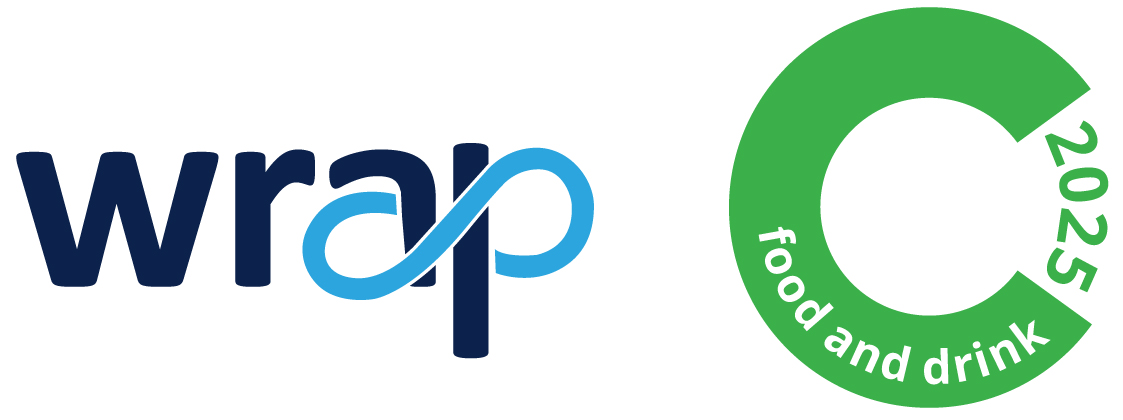WRAP’s research shows that over half of the food waste generated by the UK manufacturing and retail sectors could be avoided, with a potential sales value of £1.9 billion. The Food Surplus and Waste Quantification research greatly improved our understanding of food surplus and food waste in the grocery supply chain.
The report highlighted that a combination of food waste prevention and redistribution of surplus food to humans and animals could cut food waste by almost a quarter by 2025, saving businesses millions of pounds every year. The report has played an integral role in informing the priorities and delivery of Courtauld 2025.
An additional challenge is reducing food waste in the home, which accounts for more than 70% of the 10 million tonnes of food being thrown away post-farm-gate in the UK each year. Three in five of us say that we throw away hardly any food, but on average each home threw away a quarter of a tonne in 2016. The household food and drink waste target under Courtauld 3 was not met, with household food waste in 2015 estimated to be 7.3 million tonnes compared to 7 million tonnes in 2012.
It is clear that progress to reduce household food waste at a UK level has stalled, which we are determined to address. A combination of factors contributed to this slowing, including UK population growth, falling food prices and increased personal earnings. These have reduced the pressures for people to avoid wasting food.
A targeted approach to reducing household food waste is now commencing, led by WRAP and Courtauld 2025 signatories, and by bringing in other key players, to unite in the food waste fight.
